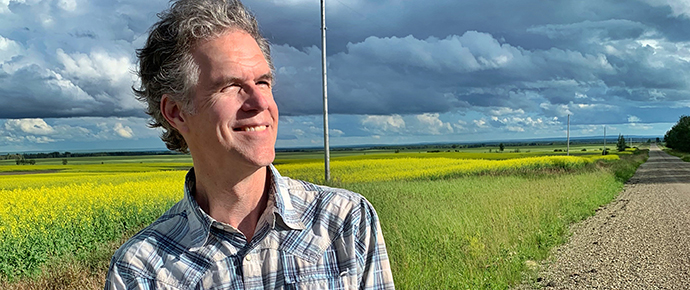
Happy post-Christmas/pre-NewYear. I’m spending the holidays in a somewhat remote area of western Canada, where it was necessary to write and send this column in late November, to allow time for it to be delivered by dog sled (with some of the dogs on strike), then carrier Snowbird, then snowmobile, then truck, then plane, then freight train, then truck again, until it finally made its way to BT Towers in North Carolina, where the skeleton staff working the holidays at Bluegrass Today have done their best to edit and poof-read what I’ve written. What could go wrong?
Now that Christmas Day has past, parents begin to think about their children’s holiday experience and what aspects of it might change next year when they’re a year older. There is a debate raging in bluegrass music (no not that one): at what age is it appropriate to tell children that Bill Monroe is a legendary figure who doesn’t really exist? Or is it ever appropriate? Or does he actually exist, and people who run around claiming to have played in his band for a month are actually on the level? These aren’t easy questions.
Some parents feel that it’s crushing to children’s imagination to tell them too early that there is no Bill Monroe, that Footprints in the Snow was written by someone else (it really was), and that there’s no such person as Nellie. They feel there’s no harm in continuing these legends as long as the children want to believe them. Other parents maintain, though, that to continue this myth for their children puts them in the position of lying to them, which will lead to mistrust of their parents. One of their concerns is that this will make kids skeptical when their parents ask them to believe in figures who do exist, though they may not be able to see them, like Bobby Osborne or Santa Claus.
Those taking the more cynical view feel that it’s never too soon to tell their kids that their own parents invented bluegrass music.
The parents who like to perpetuate the Father of Bluegrass story will tell you that it fills their children with a sense of wonder, the same sense of wonder they experienced as kids, and which they were grateful for. Also, to shatter their image of Bill Monroe too early puts them at odds with other children at school who still believe the story, and this can lead to disagreements and disappointment.
To be clear, the Bill Monroe figure of legend is based on the historical Bill Monroe from ancient western Kentucky. Though aspects of his life may have been heavily embellished, (like that bagel story or the story of him lifting his entire band into the air), he was an impressive figure who is said to have performed musical miracles. Is it such a bad thing to honor his memory by perpetuating a harmless story for our children, one they can pass on to their own children?
I’d really prefer not to take a position on this myself. I’m personally very attached to the story, and I continue to sing the songs of the season, like Toy Heart, and Heavy Traffic Ahead, and it brings joy to me and my family. I still put cookies and milk out for the Father of Bluegrass, and I know I don’t eat them (usually). Those who are more opposed to myth have every right to tell their children whatever they feel is right. I just think it’s important for those parents to respect others who want their children to believe in Bill Monroe for as long as possible, and to stress to their children that they shouldn’t make fun of, or attempt to convince other children who still believe.
I still believe, and I just hope this never comes down to a Miracle on 34th Street-style courtroom battle.
Next week: our annual New Year’s quiz, in case you want to cram. “Is Bill Monroe real?” will not be one of the questions.







